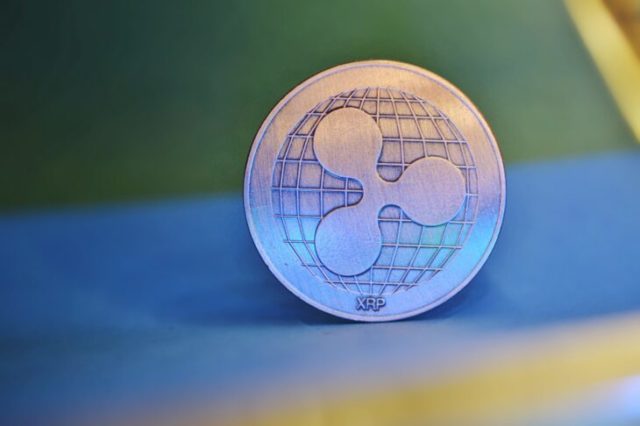The mission BepiColombo from ESA (European Space Agency) and JAXA (Japanese Aerospace Exploration Agency), made a quick visit to Venus and revealed information about how gases escape from the upper layers of the planet's atmosphere.
The probe made detections, in a previously unexplored region of Venus's magnetic environment, which showed that carbon and oxygen gases are being accelerated to speeds at which they can escape the planet's gravitational pull. The findings were published in the scientific journal Nature Astronomy last Friday (12).
According to Lina Hadid, researcher at the Plasma Physics Laboratory (LPP) and lead author of the study, “this is the first time that positively charged carbon ions have been observed escaping the atmosphere of Venus.”
“These are heavy ions that generally move slowly, so we are still trying to understand the mechanisms at play. It could be that an electrostatic 'wind' is carrying them away from the planet, or they could be being accelerated through centrifugal processes”, he says, in press release.
At the beginning of your story, Venus had similarities to Earth , including significant amounts of liquid water. However, unlike Earth, Venus does not have its own magnetic field, but rather the interaction of particles emitted by the Sun (solar wind ) with electrically charged particles forms a “induced magnetosphere ” faint around the planet. The “magnetosphere” is an upper layer of a planet’s atmosphere in which the magnetic field still exerts an action.
Over time, these interactions with the solar wind removed water from Venus leaving an atmosphere composed mainly of carbon dioxide and small amounts of nitrogen.
Discovery could help understand how Venus lost its water
Previous space missions, such as Pioneer Venus Orbiter of NASA (North American Space Agency) and the Venus Express from ESA, have carried out detailed studies on the type and quantity of charged molecules and particles that are lost in space. However, the orbits of these missions left some areas around Venus unexplored and some questions unanswered.
Then, in August 2021, BepiColombo passed Venus to slow down and adjust its course towards its destination, which was Mercury. To do this, the spacecraft crossed a region of the magnetosphere called “magnetosheath “, where the solar wind is slowed and heated, and emerged in the magnetic regions closest to the Sun.
During 90 minutes of observation, BepiColombo's instruments measured the number and mass of charged particles found in this region, capturing information about the chemical and physical processes that drive the escape of gases at the edge of the region. magnetosheath.
According to the researchers involved in the mission, detect the loss of heavy ions and understand the escape mechanisms on Venus is crucial to understanding how Venus' atmosphere evolved and how the planet lost its water .
Data for the study was obtained by BepiColombo's Mass Spectrum Analyzer (MSA) and Mercury Ion Analyzer (MIA) during its second pass by Venus. The two sensors are part of the Mercury Plasma Particle Experiment (MPPE) instrument package, which is carried by Mio, the JAXA-led Mercury Magnetospheric Orbiter.
Europlanet's SPIDER space weather modeling tools allowed researchers to track how particles propagated through the “magnetosheath” from Venus.
“This discovery shows the unique results that can arise from measurements made during passes by planets, in which spacecraft can move through regions generally unreachable by orbital spacecraft”, says Nicolas André, from the Institute for Research in Astrophysics and Planetology (IRAP) and SPIDER service leader.
Future missions will investigate Venus over the next decade, including the mission Envision, from ESA, the VERITAS orbiter and the DAVINCI probe, both from NASA, and the Shukrayaan orbiter, from India. Together, these spacecraft will provide a comprehensive picture of the Venusian environment, from magnetosheathpassing through the atmosphere to the surface and its interior.
“Recent results suggest that atmospheric escape from Venus cannot fully explain the loss of its historic water content. This study is an important step towards uncovering the truth about the historical evolution of the Venusian atmosphere, and upcoming missions will help fill in many gaps,” added co-author Moa Persson from the Swedish Institute of Space Physics.
Source: CNN Brasil
Charles Grill is a tech-savvy writer with over 3 years of experience in the field. He writes on a variety of technology-related topics and has a strong focus on the latest advancements in the industry. He is connected with several online news websites and is currently contributing to a technology-focused platform.







